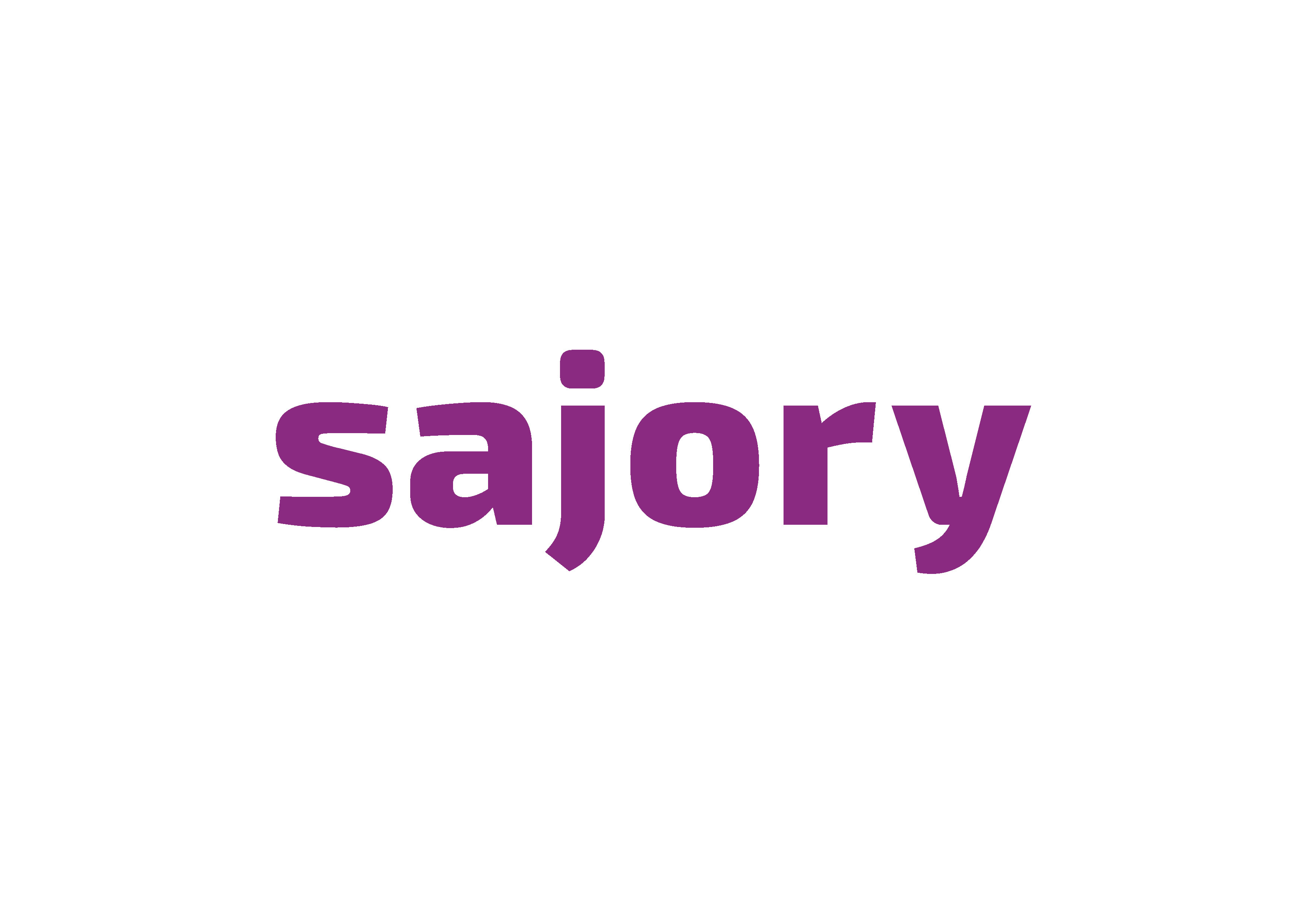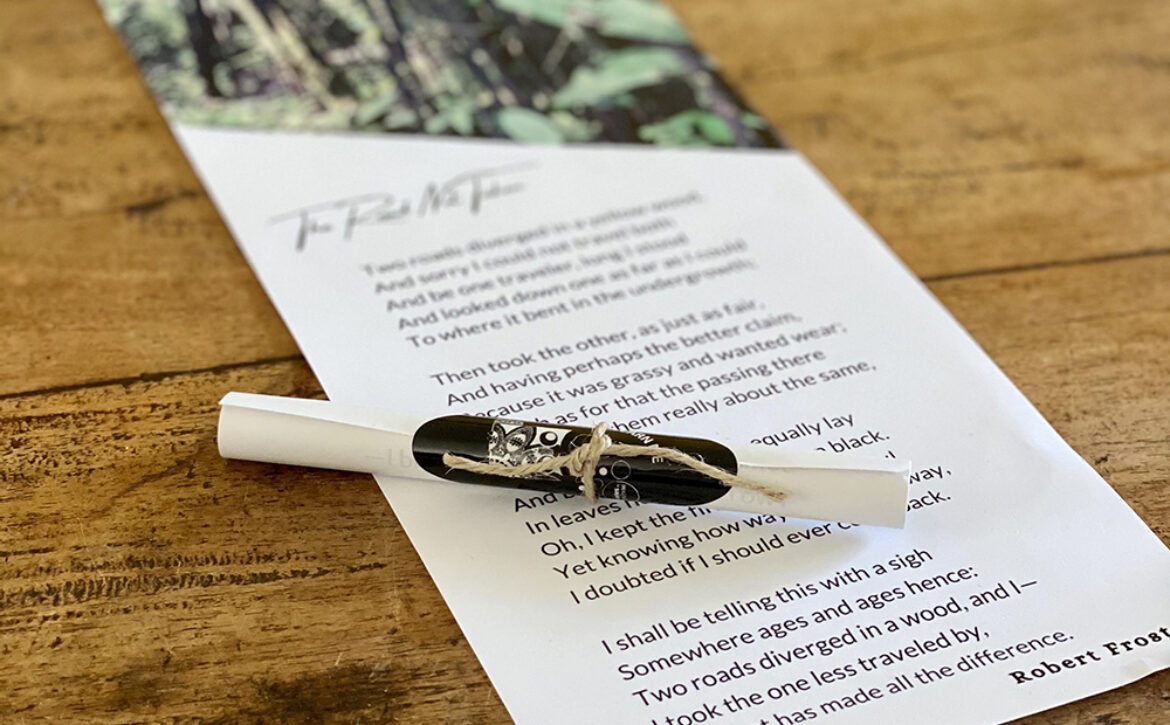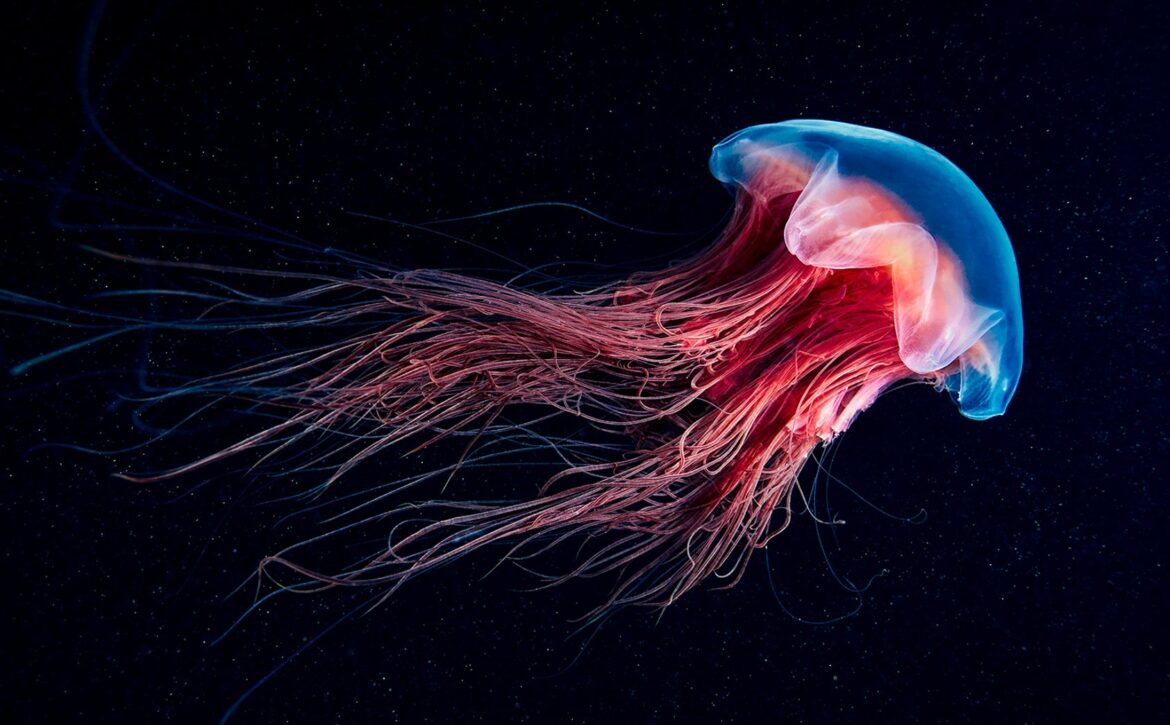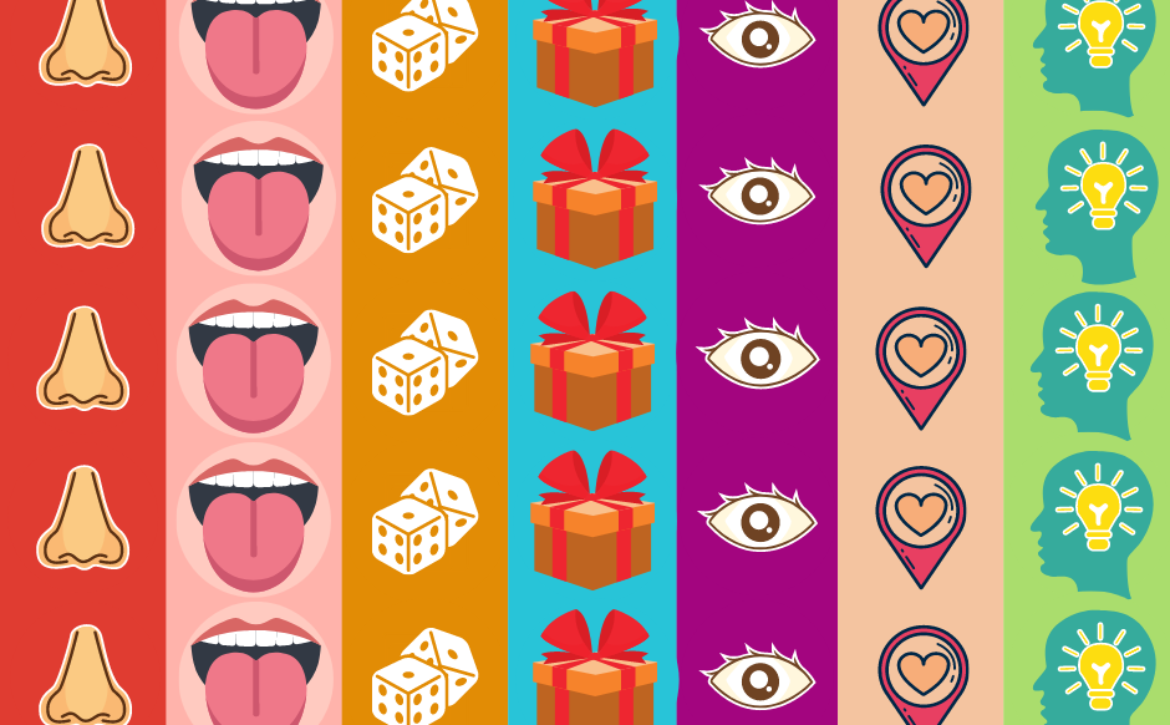A 90-year-old letter
Lately I’ve been thinking about retirement.
It’s funny to have these thoughts now considering that I have at least 20 more years, as per the professional standards. Knowing me, I don’t do retirement.
Yet the thought opened up new ways of making decisions today. What type of work will I be doing 20 years from now? What jobs will I leave behind? Where will I live? Am I a step closer to that destination and way of living?
A decade ago, I did a little exercise that had me writing my life in the past tense. I was to be 90 years old, and I was hand-writing a letter to someone interested to know what I had accomplished in my life. I wrote all my dreams in the past tense. I talked about my 3 kids, teaching at the university, traveling more, opening a creativity center, etc. I did lots of things on that paper. Once done, I folded and archived it.
3 years after I wrote that letter I did a major house clean in my new home (new continent) and this paper showed up. I read it and I couldn’t believe it.
85% of the things I said I will do in my lifetime I had either already accomplished or on my way to do so. At the time of writing it, I didn’t have 3 kids nor did I teach at a university level and I wasn’t traveling as much or doing my creativity consultations. Imagine that!
Time to write another 90-year-old letter.
Will you do it with me?





